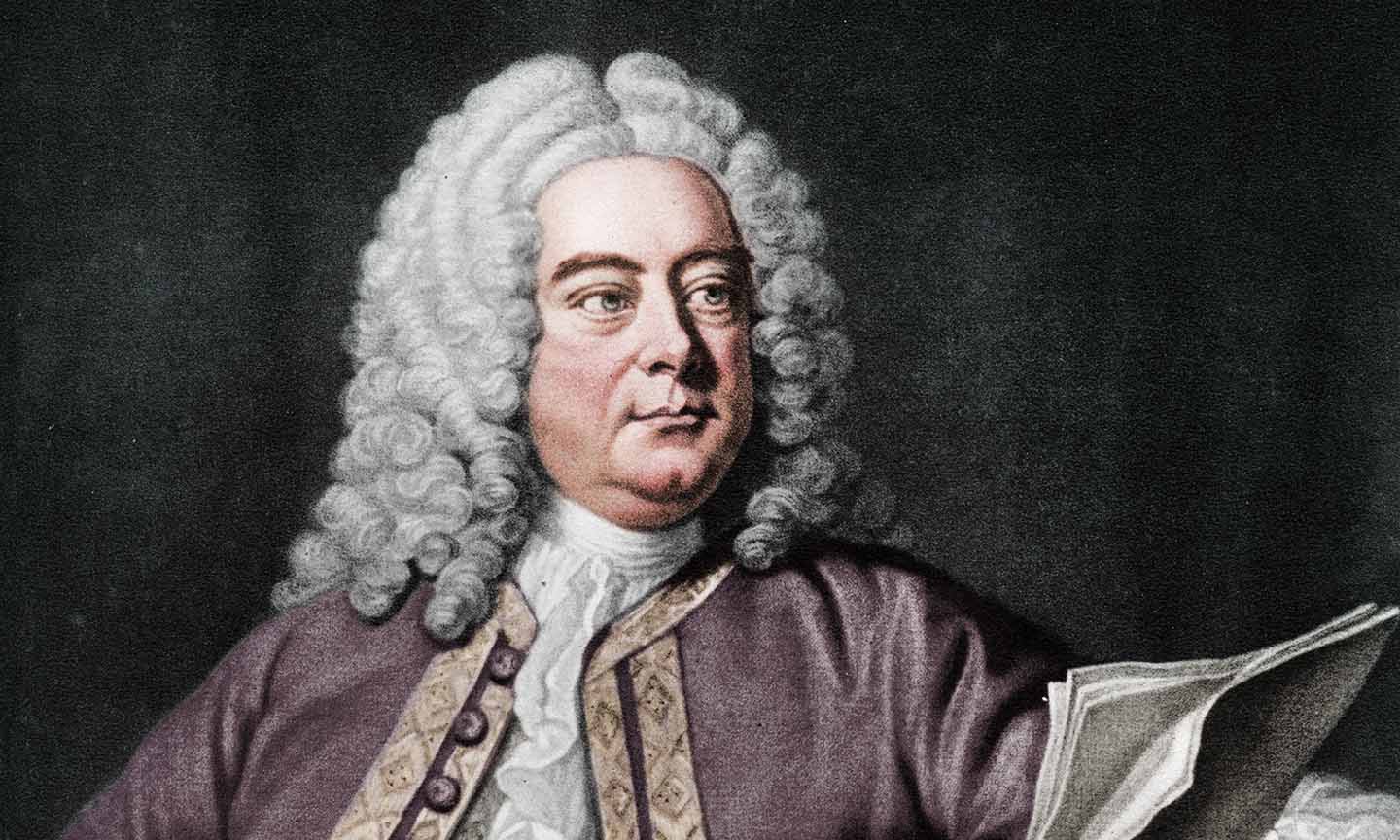One of the most celebrated works of the Baroque period, Georg Friedrich Händel’s Music for the Royal Fireworks stands as a testament to the composer’s genius and the grandeur of 18th-century royal events. Commissioned by King George II of Great Britain, this monumental composition was created to accompany a fireworks display celebrating the signing of the Treaty of Aix-la-Chapelle in 1748, which marked the end of the War of the Austrian Succession.
The Commission and Purpose
In 1748, King George II sought to celebrate the peace treaty with an extravagant public event. Central to this celebration was a fireworks display to be held in London’s Green Park. The king commissioned Händel to compose music befitting such an occasion. Händel, already renowned for his operas and oratorios, was the ideal choice for crafting a score that would enhance the grandeur of the celebration.
Händel’s instructions from the king were specific: the music should feature military instruments such as trumpets, horns, and drums, emphasizing the martial and triumphant themes of peace and victory. Strings were initially excluded from the ensemble, as the king wanted to emphasize the “outdoor” and ceremonial nature of the piece. However, Händel later incorporated strings into performances of the work in indoor settings.
The Rehearsal and Public Anticipation
Before the grand event, a public rehearsal of the music was held on April 21, 1749, at the Vauxhall Gardens. The rehearsal attracted an enormous crowd, reportedly numbering over 12,000 people. Traffic jams and chaos ensued as eager Londoners flocked to hear Händel’s latest composition. The rehearsal’s overwhelming success demonstrated the public’s enthusiasm for both Händel’s music and the upcoming celebration.
The Premiere and the Fireworks Display
The official performance took place on April 27, 1749, in Green Park. The event was a grand spectacle, featuring elaborate fireworks synchronized with Händel’s music. Unfortunately, the celebration was not without mishaps. Technical difficulties with the fireworks led to delays, and some of the pyrotechnics malfunctioned, resulting in fires. Despite these issues, the music itself was met with acclaim and has since become one of Händel’s most enduring works.
The Composition
Music for the Royal Fireworks is structured as a suite and comprises five movements:
- Overture: A grand and majestic opening, reflecting the celebratory nature of the occasion.
- Bourrée: A lively and spirited dance.
- La Paix (Peace): A serene and lyrical movement symbolizing the newly achieved peace.
- La Réjouissance (Rejoicing): A jubilant and festive section, celebrating victory and unity.
- Menuets I and II: Elegant dances that conclude the suite on a graceful note.
The composition is characterized by its bold brass and wind passages, supported by percussion, which give it a regal and triumphant character. The later addition of strings in indoor performances brought a richer, more nuanced texture to the piece.
Legacy and Cultural Impact
Music for the Royal Fireworks remains one of Händel’s most popular and frequently performed works. Its ability to convey both grandeur and subtlety has ensured its place in concert halls and public celebrations worldwide. The piece not only reflects Händel’s mastery of composition but also serves as a historical artifact, capturing the spirit and spectacle of 18th-century royal events.
Today, Music for the Royal Fireworks is often performed as part of outdoor concerts and ceremonial occasions, continuing its tradition as a work that brings people together in celebration. Its enduring appeal is a testament to Händel’s genius and his ability to craft music that resonates across centuries.


Comments are closed